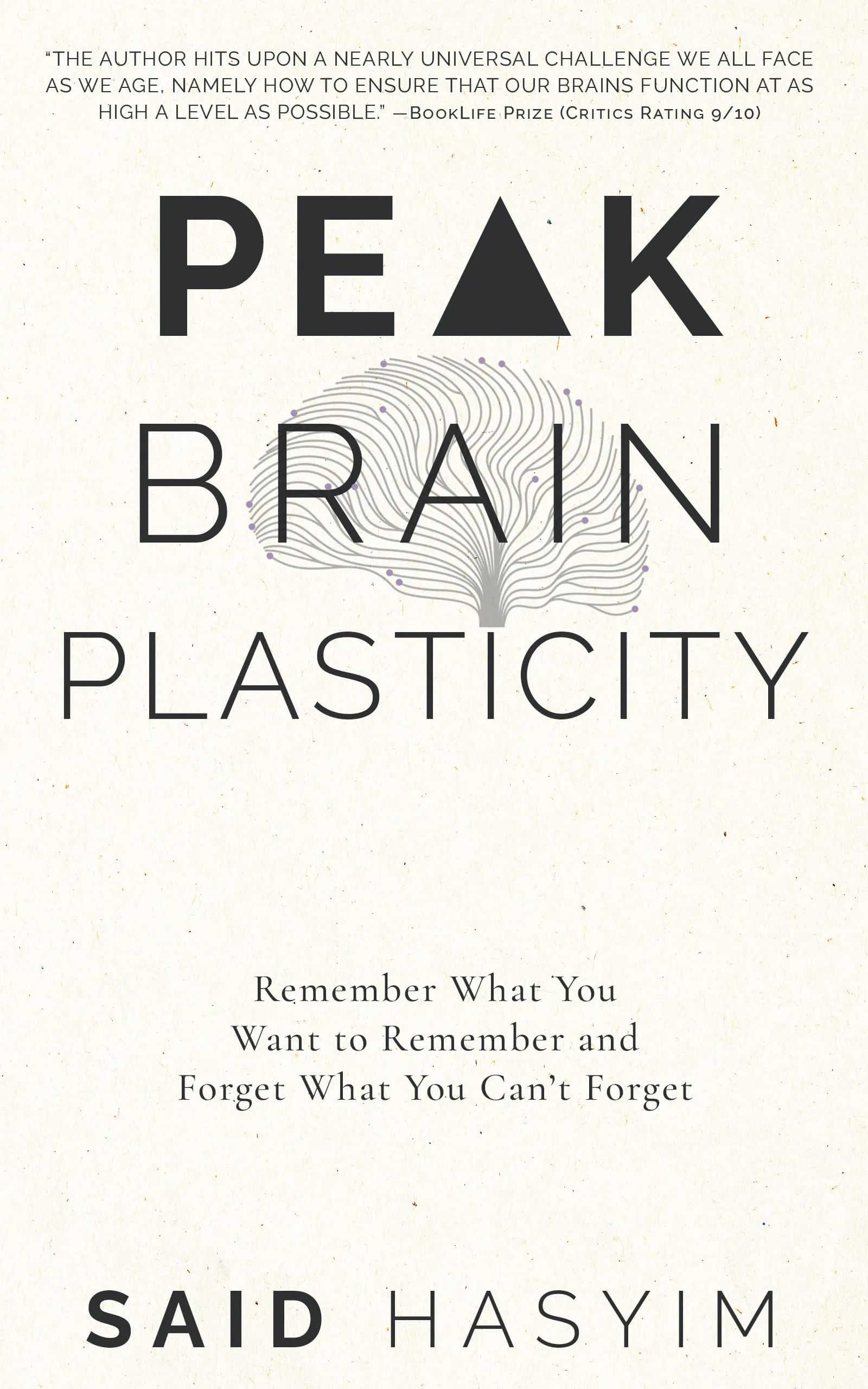The Neuroscience of Nostalgia: Understanding Memory
Nostalgia—an intricate blend of emotion and memory—can transport us back to moments long past, evoking a sense of warmth, longing, and sometimes bittersweet sadness. Whether it’s the scent of your grandmother’s cookies or the melody of a favorite childhood song, nostalgia reminds us of who we are and where we’ve been. But what is happening in our brains when we experience these nostalgic moments? How does nostalgia influence our emotions and decision-making? In this blog post, we will delve into the neuroscience of nostalgia, explore its impact on memory, and discuss the psychological implications of reminiscence.
What is Nostalgia?
Nostalgia is often defined as a sentimental longing for the past, typically for a period or place with happy personal associations. The term was coined in the 17th century from the Greek words "nostos," meaning "return home," and "algos," meaning "pain." Initially, it was used to describe the melancholic longing experienced by soldiers yearning for their homeland. Today, nostalgia encompasses a broader spectrum of feelings, from joyous recollection to wistful yearning.
The Brain and Memory
To understand nostalgia, we first need to delve into the brain’s complex memory systems. Memory is not a single process but rather a network of systems that include:
- Sensory Memory: A fleeting record of sensory information.
- Short-term Memory: The temporary storage of information for immediate use.
- Long-term Memory: The more permanent storage of information, which can be further divided into explicit (or declarative) memory and implicit (or procedural) memory.
Brain Regions Involved in Memory
Key brain structures linked to memory include:
- Hippocampus: Crucial for the formation of new memories and spatial navigation. It helps convert short-term memories into long-term memories.
- Amygdala: Involved in emotion regulation and memory formation, particularly for emotionally charged or significant events. It plays a vital role in the emotional coloring of memories.
- Prefrontal Cortex: Responsible for higher-order functions, including decision-making, social behavior, and reflecting on past experiences.
The Neuroscience of Nostalgia
When we experience nostalgia, several neurological mechanisms come into play, engaging various brain regions that operate in concert.
Activation of Memory Circuits
- Memory Retrieval: Engaging in nostalgic thought triggers the retrieval of memories stored in the hippocampus. This process can evoke specific details about events, people, or places linked to positive emotional experiences.
- Emotional Processing: The amygdala becomes active when recalling emotionally charged memories, intensifying the feelings associated with those memories. This explains why nostalgia often elicits a profound emotional response.
Neurotransmitters and Hormones
Nostalgia is not just about memory; it also involves various neurotransmitters that regulate our emotions. For example:
- Dopamine: Often called the "feel-good" neurotransmitter, dopamine is associated with pleasure and reward. Nostalgic memories are often pleasant and can trigger dopamine release, enhancing feelings of happiness and satisfaction.
- Cortisol: Nostalgia can also affect stress levels. Research has indicated that when individuals reflect on positive past experiences, cortisol levels may decrease, leading to a reduction in stress and anxiety.
The Role of Sensory Cues
Sensory experiences play a significant role in evoking nostalgia. A familiar smell, sound, or sight can prompt vivid recollections of the past. The olfactory bulb (responsible for sense of smell) is closely linked to the limbic system, which regulates emotions and memory. This close connection explains why certain scents, like those of baked goods or nature, can evoke powerful nostalgic memories.
The Psychological Implications of Nostalgia
Understanding nostalgia's neuroscience helps us recognize its broader implications on our psychological well-being and social connections.
Nostalgia as a Coping Mechanism
Nostalgia often serves as a coping strategy, helping individuals navigate through stressful or challenging times. Research has shown that reminiscing about positive past experiences can enhance mood, increase feelings of social connectedness, and even foster resilience. In moments of loneliness or dissatisfaction, nostalgia can remind us of fulfilling relationships and cherished experiences, which can provide comfort and motivation to face the present.
Nostalgia and Identity
Nostalgia plays a crucial role in shaping our identity. Through the act of remembering, individuals reinforce their sense of self and continuity over time. Nostalgia helps integrate past experiences into our current identity, allowing us to make sense of who we are and how we have grown. This exploration of personal history can enhance self-understanding and foster a stronger sense of cohesiveness in our life narratives.
Nostalgia in Consumer Behavior
The influence of nostalgia extends into consumer behavior as well. Marketers often evoke nostalgia to create an emotional connection with consumers, tapping into their memories to build brand loyalty. This explains why retro-themed products or advertising campaigns resonated with audiences—they evoke cherished memories of the past, which can drive purchasing decisions.
Conclusion
The neuroscience of nostalgia illuminates a fascinating intersection of memory, emotion, and identity. Nostalgia is not merely a wistful longing for days gone by; it is a dynamic process involving intricate brain mechanisms and emotional responses. By understanding the neuroscience behind nostalgia, we gain insight into its powerful effects on our well-being, relationships, and identities.
Next time you find yourself reminiscing about the past, take a moment to appreciate the complex interplay between your brain, memories, and emotions. Nostalgia is more than just a fleeting feeling; it is a window into the very essence of humanity.
Harness the Power of Neuroplasticity
Discover Peak Brain Plasticity, a practical book to harnessing neuroplasticity. Enhance your memory, learn new languages quickly, and alleviate anxiety with effective study methods. Uncover daily habits that impact cognitive health and explore techniques for accelerated learning and memory retention. Unlock your brain's potential for growth and transformation.
